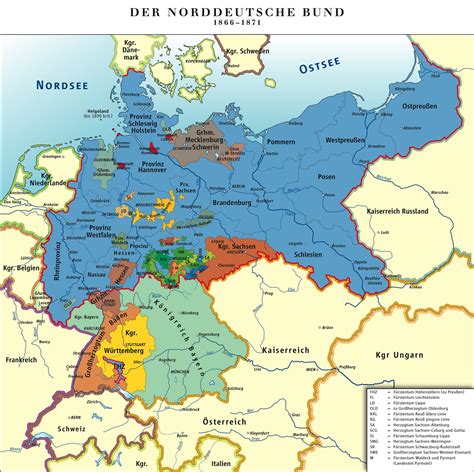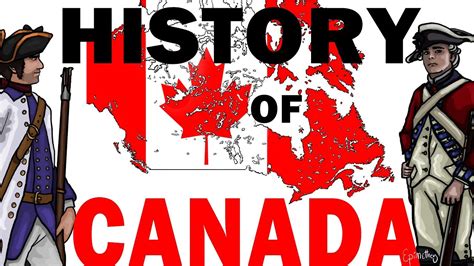Explore the Origins, Development, Influence, and Conflicts of the Papal States in Europe, leading to their eventual end. Learn about papal authority and its impact.
Origins of Papal States
Contents
The Papal States can trace its origins back to the 8th century, when the Pope received a donation of Pepin, King of the Franks. This donation, also known as the Donation of Pepin, provided the Pope with a large portion of central Italy, establishing the foundation of the Papal States. Over time, the territory of the Papal States expanded, reaching its peak in the 18th century, covering a significant portion of the Italian peninsula.
Throughout its history, the Papal States played a significant role in the politics and religious affairs of Europe. The Pope held both spiritual and temporal authority within the Papal States, wielding power over the territories and their inhabitants. This unique combination of religious and political influence allowed the Pope to shape the course of European history.
It’s important to note that the creation of the Papal States was not without controversy. The acquisition of territory by the Pope through the Donation of Pepin sparked debates and conflicts over the legitimacy of the Papal States‘ authority. Despite the challenges, the Papal States endured and became a significant player in European geopolitics.
As the Papal States continued to evolve, their origins remained a pivotal aspect of their identity. The legacy of the Donation of Pepin and the establishment of the Papal States left a lasting impact on the history of Europe, shaping the religious, political, and cultural landscape of the continent.
Development of Papal Authority
The Papal States were a significant political entity in central Italy from the 8th century to 1870. Over the course of its existence, the development of Papal Authority played a crucial role in shaping the governance and influence of the region. Through various historical events and the influence of the papacy, the authority of the popes expanded and solidified, leaving a lasting impact on the political landscape of Europe.
One of the key factors in the development of Papal Authority was the Donation of Constantine, a forged Roman imperial decree that granted vast territories to the Pope in the 4th century. This alleged grant of land further bolstered the authority and influence of the papacy, providing a foundation for the establishment of the Papal States. With control over significant territories, the papacy was able to wield considerable political power and influence in the region.
Furthermore, the investiture controversy in the 11th and 12th centuries was pivotal in defining and solidifying the authority of the papacy. The struggle between the popes and secular rulers over the appointment of church officials ultimately resulted in the papacy asserting its authority and the church’s independence from secular control. This conflict ultimately strengthened the power and influence of the papacy, further shaping the development of Papal Authority.
The development of Papal Authority also had a profound impact on the cultural and intellectual landscape of Europe. The papacy’s support of education, the arts, and architecture, as well as its promotion of theological scholarship, contributed to the flourishing of Renaissance culture in Italy. This cultural and intellectual influence further solidified the authority and prestige of the papacy, establishing its influence beyond political realms.
In conclusion, the development of Papal Authority played a significant role in shaping the political, religious, and cultural landscape of Europe. Through historical events, such as the Donation of Constantine and the investiture controversy, as well as the papacy’s support of education and the arts, the authority of the popes expanded and solidified, leaving a lasting impact on the governance and influence of the region.
Influence of Papal States on Europe
The Papal States had a significant impact on the political, religious, and cultural development of Europe during the medieval and early modern periods. As the territory controlled by the Pope, the Papal States wielded considerable influence over the affairs of the Catholic Church and played an important role in shaping the political landscape of Europe.
One of the most notable aspects of the Papal States‘ influence on Europe was its role in promoting and spreading Christianity throughout the continent. With the Pope as its ruler, the Papal States served as a beacon of Catholicism, influencing the religious practices and beliefs of people across Europe. The support and endorsement of the Papal States helped to solidify the power and authority of the Catholic Church, making it a dominant force in the lives of countless individuals.
In addition to its religious influence, the Papal States also played a crucial role in shaping the political and diplomatic affairs of Europe. As a powerful and wealthy state, the Papal States often acted as a mediator in conflicts between European powers and wielded significant influence in the decision-making processes of various kingdoms and empires. The political maneuvers of the Papal States had a lasting impact on the balance of power in Europe, shaping the course of history for centuries to come.
Furthermore, the Papal States made substantial contributions to the cultural and intellectual development of Europe. The patronage of the arts, education, and architecture by the Popes and the Papal States helped to foster a climate of creativity and innovation, leading to the emergence of iconic works of art and monumental achievements in academia. The cultural influence of the Papal States extended beyond its borders, leaving an indelible mark on the artistic and intellectual landscape of Europe.
Overall, the Papal States exerted a profound influence on Europe, leaving a lasting legacy that continues to be felt to this day. From religious and political matters to cultural and intellectual pursuits, the impact of the Papal States on the development of Europe is undeniable, shaping the course of history and influencing the lives of countless individuals.
Conflicts with Italian City-States
The Papal States were a collection of territories in the Italian Peninsula that were under the direct rule of the Pope from the 8th century until 1870. Throughout its history, the Papal States had to navigate complex political relationships with the numerous city-states that dotted the region. One of the most significant and enduring sources of conflict for the Papal States was their interactions with the Italian City-States, which often led to territorial disputes, power struggles, and outright warfare.
These conflicts were a result of the Papal States’ constant efforts to expand and consolidate their territories, which often brought them into direct conflict with powerful Italian city-states such as Florence, Venice, and Naples. These city-states were powerful political entities in their own right, often competing with the Pope for influence, resources, and territory. As a result, the Papal States found themselves embroiled in a series of conflicts with the Italian city-states that would shape the political landscape of the region for centuries.
One of the most infamous conflicts between the Papal States and the Italian city-states was the struggle for control over the Papal States’ northern territories, particularly the region of Romagna. This region was the focal point of centuries of conflict between the Pope and powerful city-states such as Florence and Venice, as each sought to expand their influence and dominate the lucrative trade routes and agricultural resources that the region offered.
These conflicts often escalated into full-scale wars, with both sides utilizing military force, political alliances, and economic pressure to achieve their goals. The wars between the Papal States and the Italian city-states were characterized by shifting alliances, betrayals, and brutal sieges as each side sought to gain the upper hand and secure their interests in the region.
Ultimately, the conflicts between the Papal States and the Italian city-states would have far-reaching consequences for the region, contributing to the instability and fragmentation of the Italian Peninsula and shaping the political and social dynamics of the Italian city-states. The conflicts between these two powerful political entities would continue to influence the course of Italian history until the eventual demise of the Papal States in the late 19th century.
End of Papal States
The End of Papal States marked the end of the Papacy’s secular power as a territorial ruler in Italy. The events leading up to the end of the Papal States were marked by the process of Italian unification in the 19th century. Several conflicts and wars resulted in the loss of the Papal States’ territories and the eventual halt of the Pope’s political authority in Italy.
One of the key events that led to the End of Papal States was the Italian unification movement, also known as the Risorgimento. This movement aimed to unify various regions of Italy into a single nation-state. However, the Papal States objected to this movement and sought to maintain their territorial power. This led to clashes between the Papal forces and the Italian nationalists, ultimately resulting in the loss of the Papal States’ territories.
Another significant factor in the End of Papal States was the capture of Rome by the Italian forces. In 1870, the Italian army breached the walls of Rome and effectively ended the Pope’s temporal rule over the city. This event led to the annexation of Rome and the remaining Papal States territories by the newly unified Kingdom of Italy.
The End of the Papal States had far-reaching implications for the Papacy and the political landscape of Europe. With the loss of its temporal power, the Papacy shifted its focus to religious and spiritual matters, and the Pope’s influence as a territorial ruler significantly diminished. The End of the Papal States also signaled the end of an era in which the Papacy held significant political authority in Europe.













